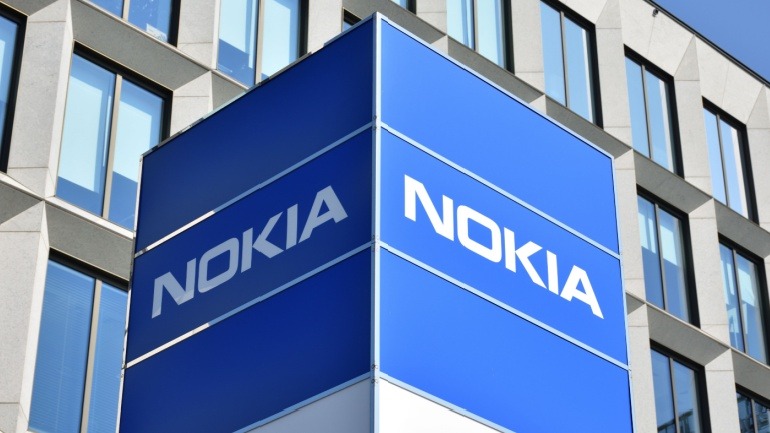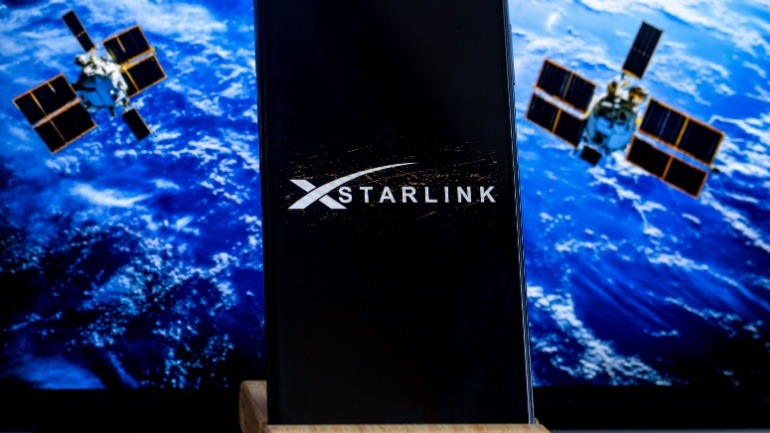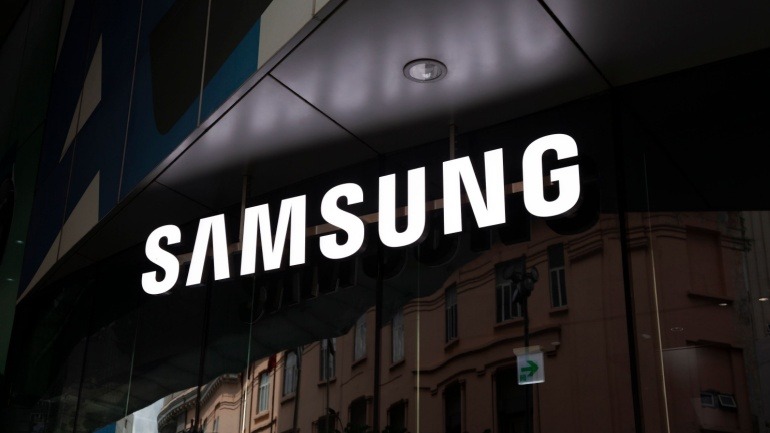Vodafone and Nokia have wrapped up a significant Open RAN trial in northern Italy after a three-month test period in the towns of Arcisate and Sernio, located in Lombardy. This trial, conducted on a standalone 5G network, aimed to assess the performance and viability of Open RAN technology in real-world conditions.
The trial, by and large, demonstrated promising results with Vodafone and Nokia reporting data download speeds of 1.1 Gbps and uplink speeds of 160 Mbps, comparable to traditional 5G RAN technology. However, there are hints of ambiguity surrounding the performance achieved during the trial.
The companies set out to prove Nokia’s Open RAN solution’s functionality and performance on par with purpose-built RAN technology. While they claim success in this area, certain details remain unspecified, raising questions about the overall performance.
The trial utilized Nokia’s AirScale Massive MIMO radios, specifically designed for high user density areas, along with Nokia’s RAN software running on commercial-off-the-shelf (COTS) hardware servers from Dell using Red Hat’s cloud infrastructure.
Despite the encouraging results, aspects such as latency were not extensively highlighted in the announcement, leaving room for interpretation. The trial’s outcome signifies progress in Open RAN development; however, the pace of advancement might not be as swift as anticipated.
Vodafone’s commitment to expanding Open RAN technology is evident, with plans to integrate Open RAN into 30% of its masts by 2030. This dedication is showcased by the network’s efforts in the UK and Romania, where several Open RAN sites have been established.
While the trial marks a milestone in the evolution of Open RAN, it underscores the ongoing challenges and complexities associated with integrating this technology into mainstream telecommunications infrastructure. Vodafone and Nokia’s collaboration represents a step forward, yet questions linger around the scalability and performance parity of Open RAN compared to conventional RAN solutions.
The completion of this trial signals a notable achievement in the ongoing evolution of Open RAN technology, highlighting both progress and the need for further refinement to realize its full potential in the telecommunications landscape.







